
This logo isn't an ad or affiliate link. It's an organization that shares in our mission, and empowered the authors to share their insights in Byte form.
Rumie vets Bytes for compliance with our
Standards.
The organization is responsible for the completeness and reliability of the content.
Learn more
about how Rumie works with partners.
Have you ever wondered where electricity comes from?
Maybe you noticed that there are a lot more wind turbines and solar panels than 20 years ago...or maybe you heard discussions about the use of nuclear power in the news? Maybe you even participated in a protest against fossil fuels!
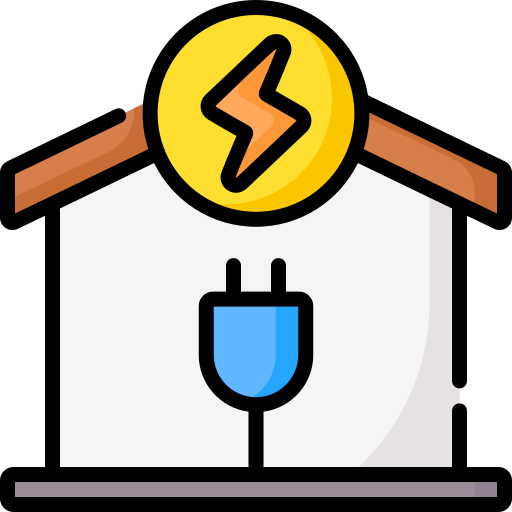
Learning about the different energy sources we use to produce heat and electricity will help you understand their advantages and disadvantages.

What does "renewable" mean?
Renewable resources can be naturally replenished, meaning that either:
the resource doesn't get used up when generating energy — for example, water can be re-used as many times as we want.
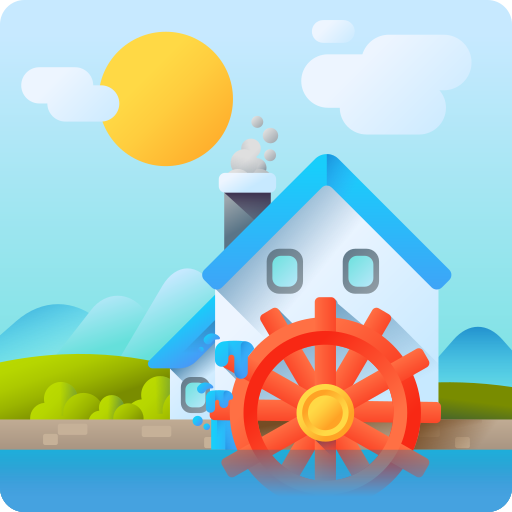
the resource can be made again quickly, within months or years —f or example, wood can be grown again if used for heating.

Instead, non-renewable resources get used up and we'll eventually run out of them. We use mines to get them out of the ground, but their quantity is limited.
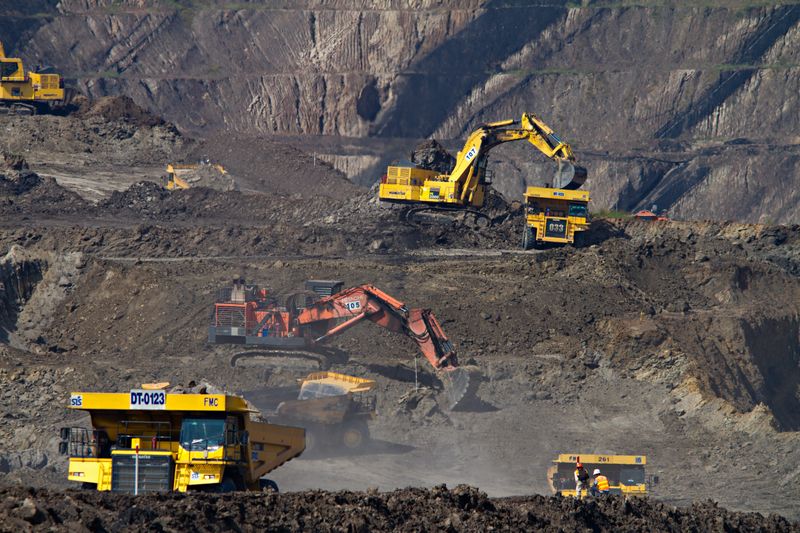 Photo by Dominik Vanyi on Unsplash
Photo by Dominik Vanyi on UnsplashQuiz
What is NOT a way to determine if a resource is renewable?
All energy resources are natural. People use natural resources to make everything we need. A renewable resource can either be made again, or there's an infinite amount of it.
What energy sources are non-renewable?
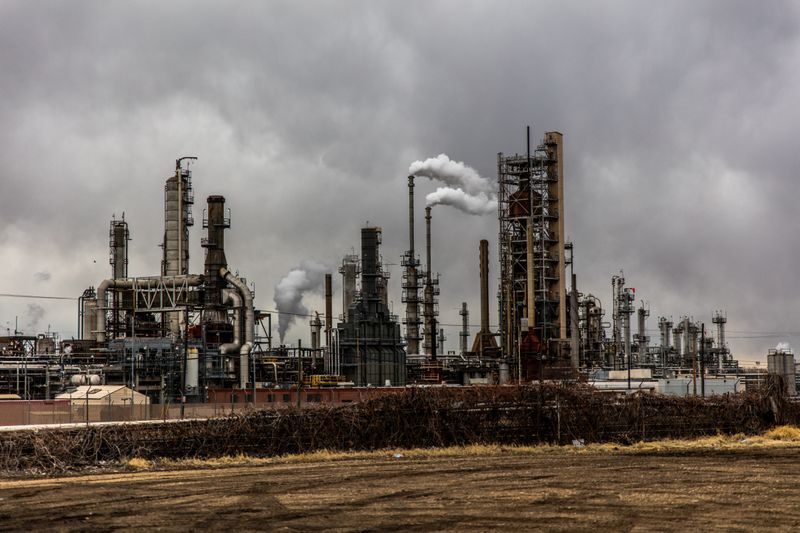 Photo by Patrick Hendry on Unsplash
Photo by Patrick Hendry on UnsplashThere are three main types of non-renewable resources, that are together known as fossil fuels:
coal
oil (petroleum)
natural gas (methane)
They were formed within the Earth over millions of years from dead plants and animals.
Advantages of using fossil fuels
Electricity can be created whenever needed by burning them.
They can be transported from one location to another.
A lot of different types of plastic are made using refined oil products.
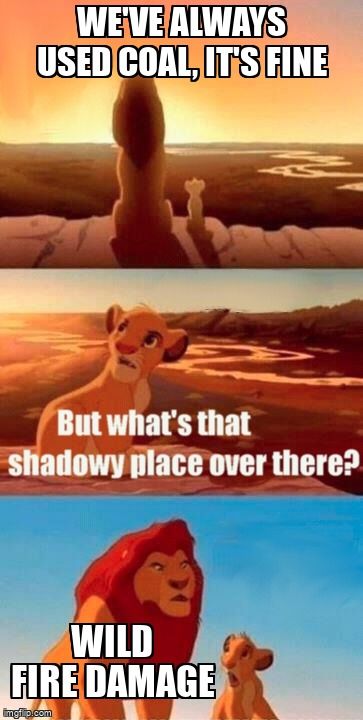
Disadvantages of using fossil fuels
They will run out.
When burnt, carbon dioxide is released. This causes global warming and climate change.
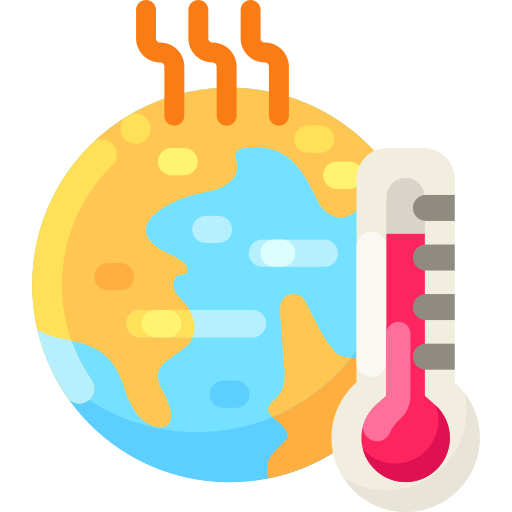
Extracting them from the ground causes destruction of natural habitats.
When transported by ship over the oceans, spills cause massive destruction of marine areas.
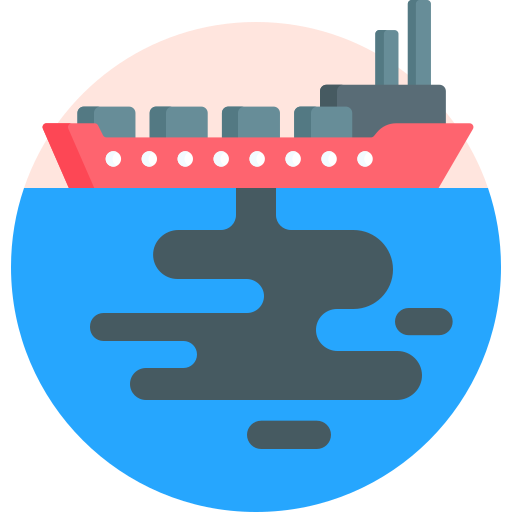
Coal miningoperations are dangerous to workers.
They cause air pollution as they emit toxic gases when burnt.

What energy sources are renewable?

The Sun: light energy is directly converted into electrical energy using special materials called semiconductors in solar photovoltaic panels.
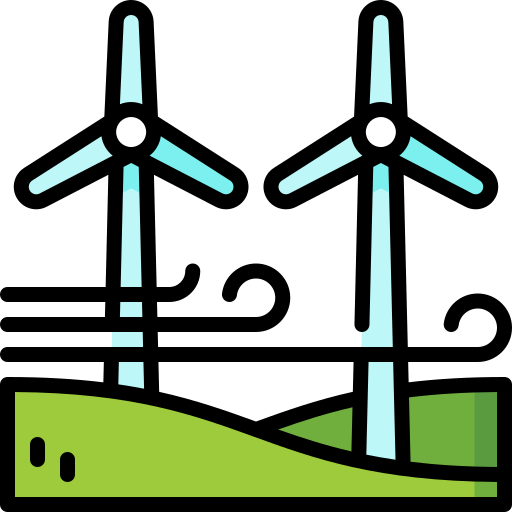
Wind: the kinetic energy of moving air is used to make turbines spin. This motion then spins a generator, which creates electricity.
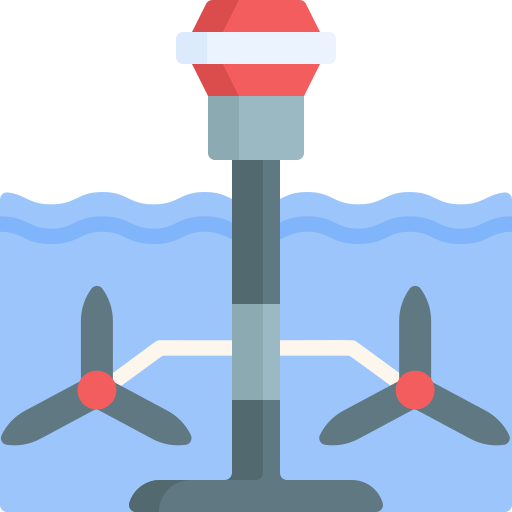
Water: the energy in falling or moving water is used to spin a turbine and generate electricity. This is how hydroelectric power stations work, as well as wave and tidal.

Geothermal energy: the heat from the core of our planet is used to heat up water into steam, and then generate electricity using a turbine and generator.

Biomass: materials made from animals or plants, such as wooden pellets, are burned to produce heat. Often, animal manure and food waste are used to make biogas or biofuel, which is then burnt to produce heat.
This is the only type of renewable energy that emits carbon dioxide when used, because it requires to be burnt.
Should we use more renewable sources?
Each type of renewable source has its own advantages and disadvantages. In general:
Advantages
The sources won't run out. Carbon dioxide isn't emitted when they're used. They don't contribute to climate change.

Smaller power stations can be built and spread out. Individual houses can produce their own electricity. This is useful for rural areas.
Disadvantages
Electricity can't be created whenever needed. It often depends on the weather or time of day.
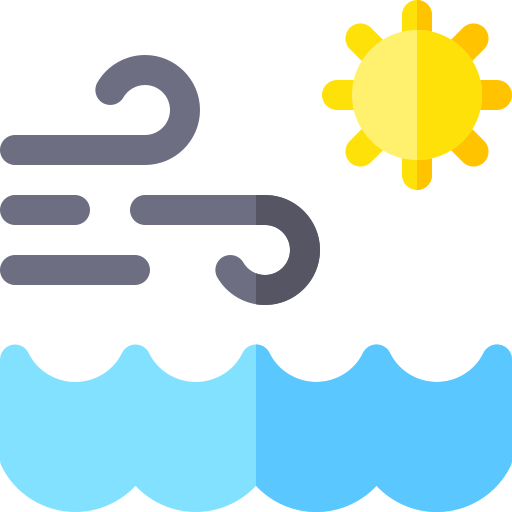
The sources can't be transported elsewhere, so electricity must be produced on the spot. A larger wire network is necessary.
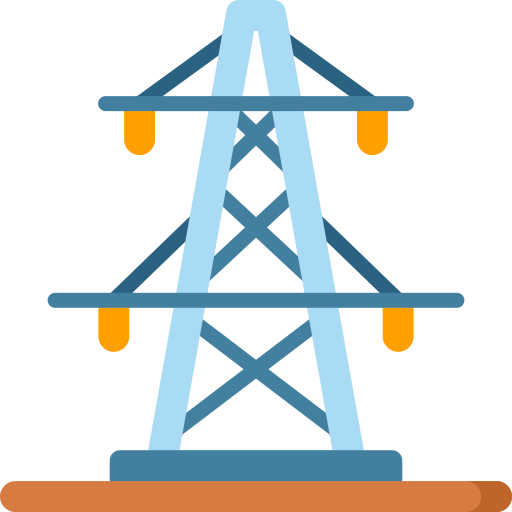
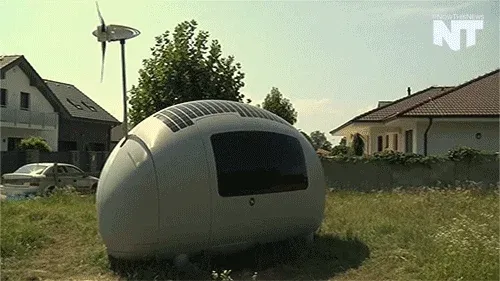
A problem with solar photovoltaic panels is that the materials we currently use for them are very difficult and polluting to extract. Scientists are researching different materials.
A great advantage of wind turbines is that they can be installed offshore and act as fake reefs for sea animals.
 Photo by Jesse De Meulenaere on Unsplash
Photo by Jesse De Meulenaere on UnsplashGeothermal is only efficient in certain locations, e.g. Iceland, because of high volcanic activity underground.
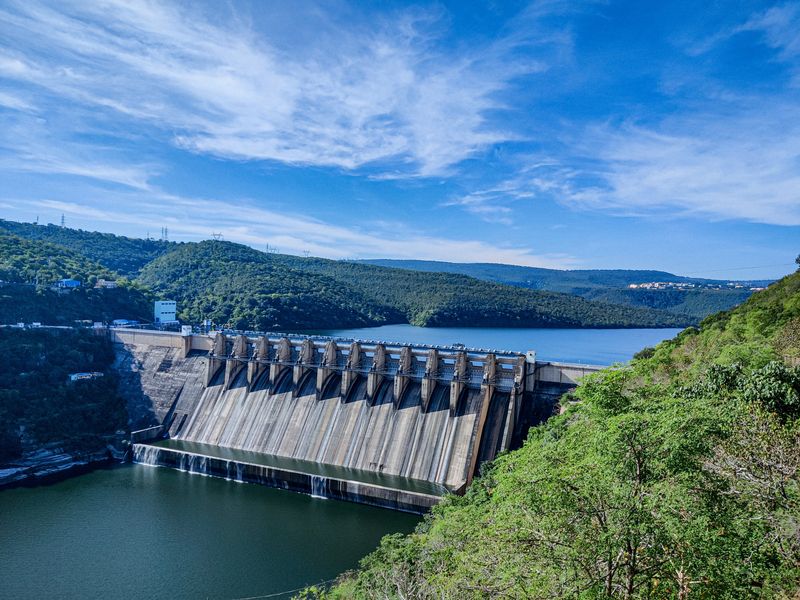 Photo by Tejj on Unsplash
Photo by Tejj on UnsplashA problem with hydroelectricity is that it requires large dams to be constructed and a large area to be flooded, which is destructive.
Quiz
What is the most important advantage of renewable resources over fossil fuels?
Renewable sources don't contribute to climate change when used. Hydroelectric can cause habitat damage, as well as geothermal. Some renewable resources are reliable (geothermal and hydroelectric), but some are not (wind, solar, waves). The cost depends on many factors: how large is the power station? How much energy does it produce? Where is it?
Did you know?
The strange case of nuclear energy: fission
Huge amounts of energy are extracted from uranium and plutonium by using the process of nuclear fission.
Uranium is a mined material, so it'll eventually run out, but there's a lot available. Plus, there's a type of nuclear station that can reuse it. This is why nuclear is sometimes considered renewable, sometimes non-renewable, depending on the exact definition used.

Advantages of fission
A huge amount of energy can be produced using a small amount of fuel.

Carbon dioxide isn't emitted during use, so nuclear fission doesn't contribute to climate change.
Disadvantages of fission
Power stations produce radioactive waste material that must be stored safely for thousands of years.
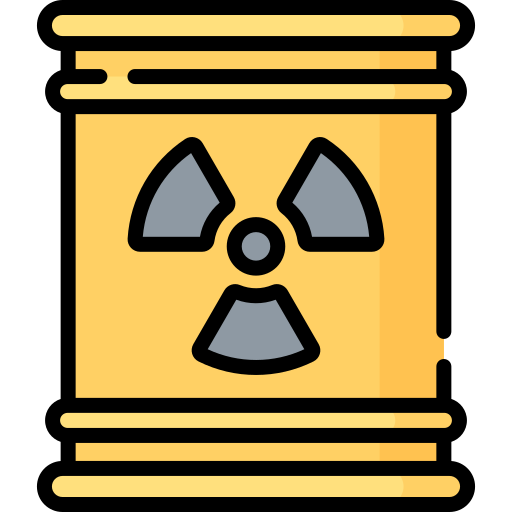
Ff the safety protocols fail, a single accident can affect millions of people.
The future?
There's another renewable source that we've not yet been able to use: nuclear fusion. The fuel for this power station can be extracted from seawater, making it renewable.
In nuclear fusion, atoms of hydrogen are joined together releasing an incredibly huge amount of energy. To make this happen, huge temperatures and pressures are necessary. This is a massive technological and scientific challenge.
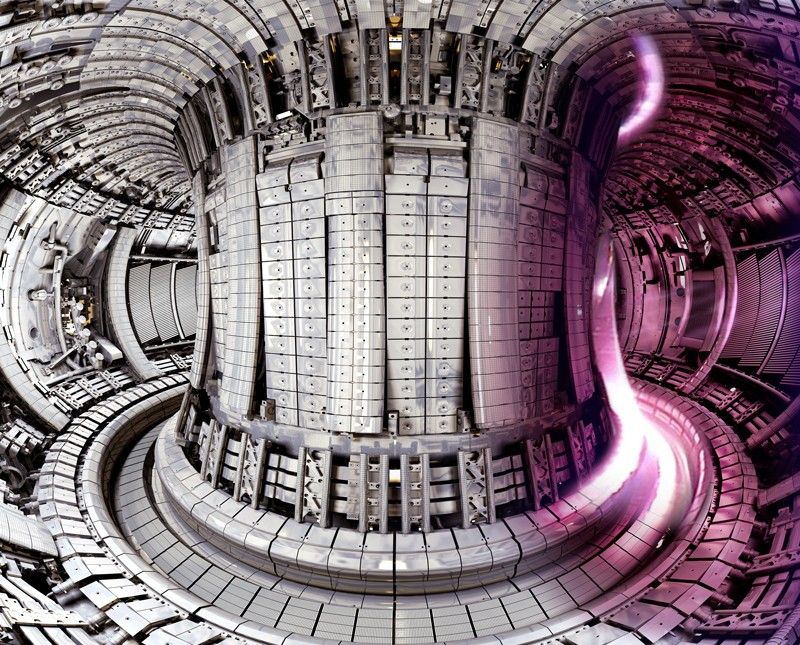 The picture shows the inside of JET (Joint European Torus), the main research facility to make fusion possible. Picture credit: EUROfusion (CC BY 4.0)
The picture shows the inside of JET (Joint European Torus), the main research facility to make fusion possible. Picture credit: EUROfusion (CC BY 4.0)
The next step for developing fusion is to use the ITER machine.
Did you know?
Take Action

This Byte has been authored by
Cecilia Astolfi
Learning expert
CTeach MPhys CPhys